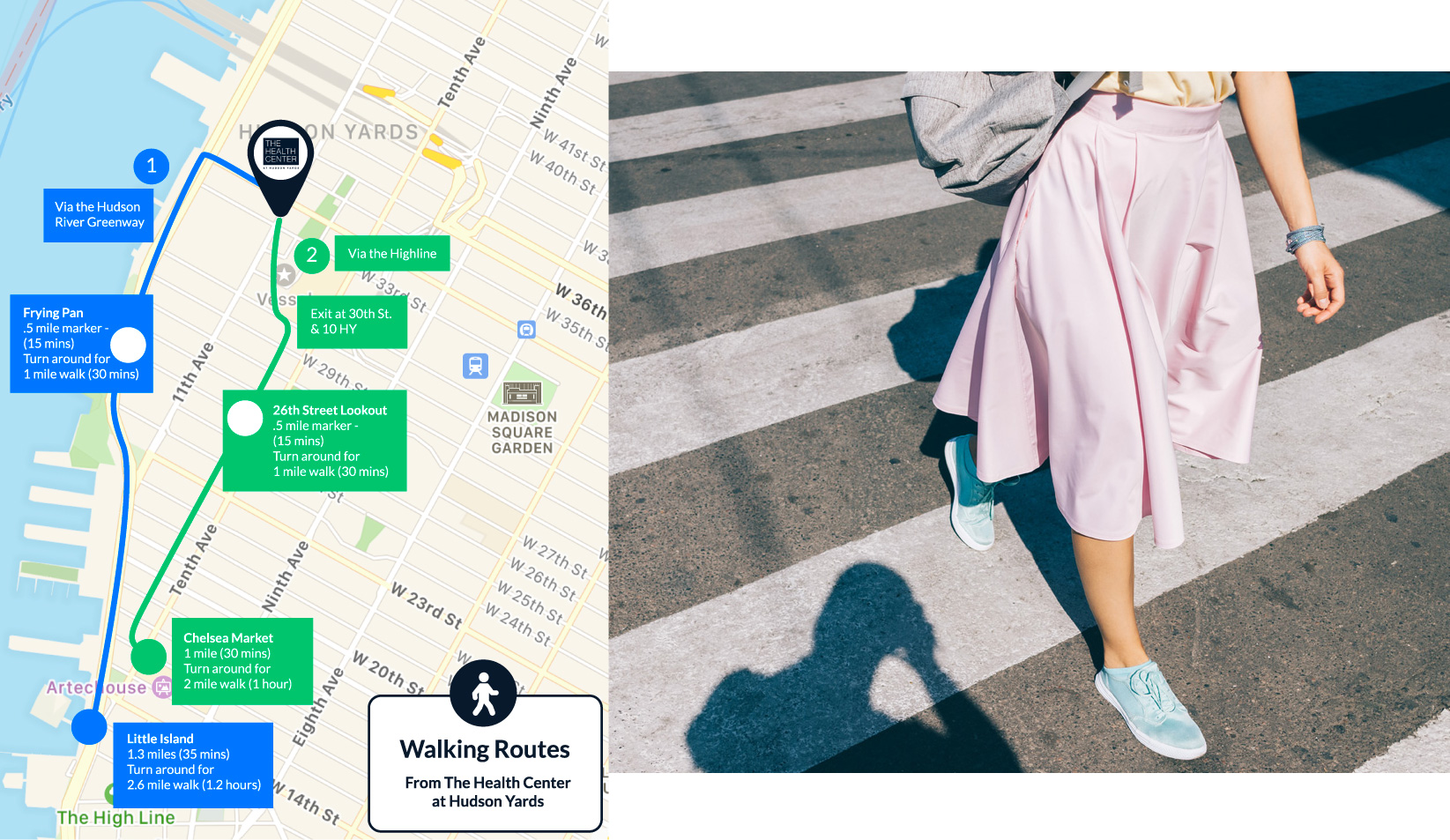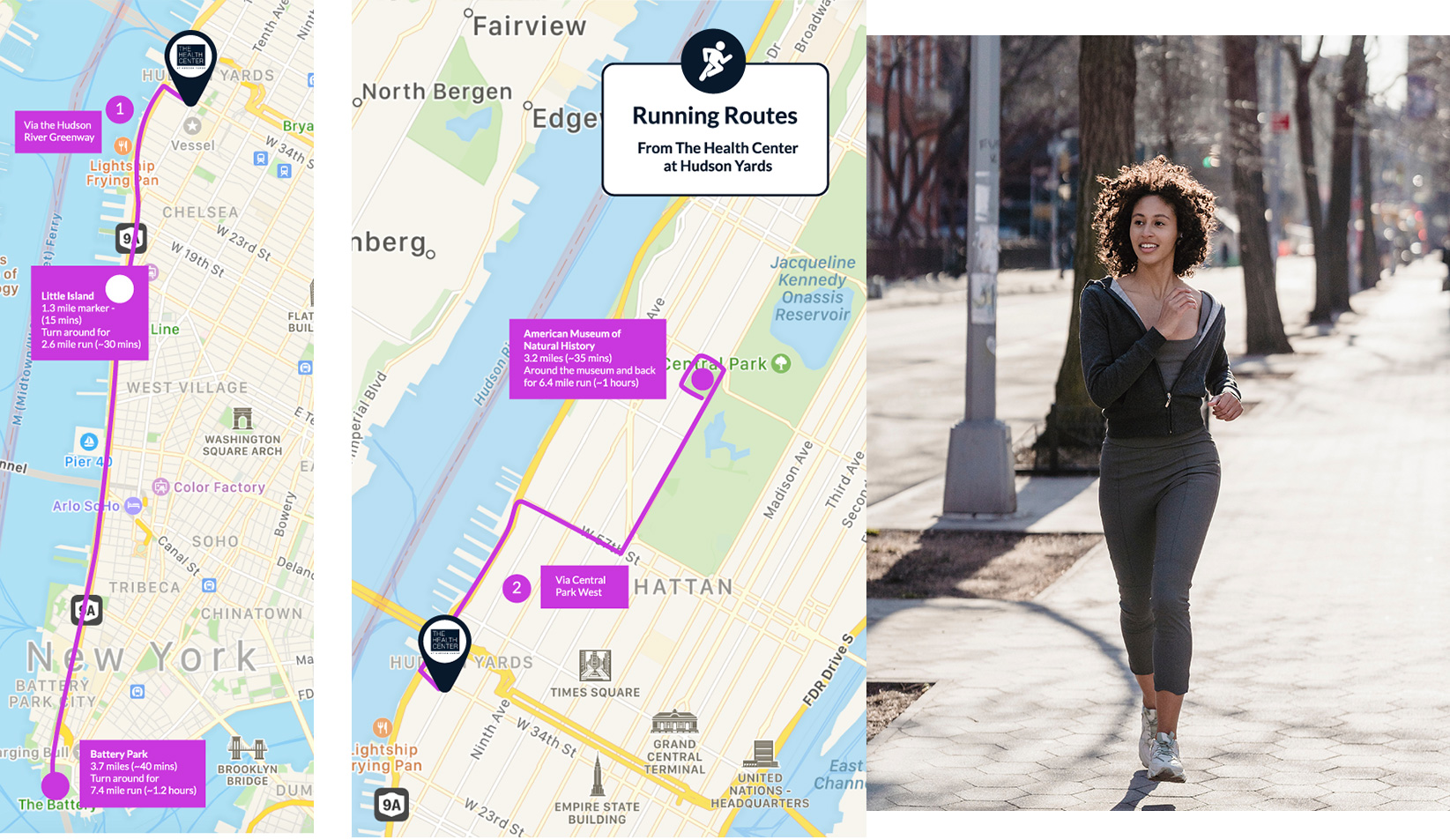Exercising to Meet Your Body’s Demands
By Shraddha Bhatia, PT, DPT, OCS
To exercise or not should be a no-brainer. We all know exercise is good for our physical and mental health, but it can be challenging. Lack of time, motivation, and overall interest can be tough to overcome. Additionally, it is important to keep in mind, you simply should not exercise without the right amount of sleep, recovery, hydration, and an adequate diet.
With all that said, how do you get started or maintain a healthy exercise routine? I suggest you, ‘find an exercise supply that is adequate for your body’s demands’.
Need Help Finding a Walk or Run Route?
Most of us set unrealistic, unattainable goals that are not customized to our liking, leading us to give up halfway.
In competitive sport, training can be divided into 3 phases – conditioning, transitional and competition. Simply put, the athlete is taken through each rung of training – periodization, specificity, overload and individuality in order to adequately meet the demands of the sport.
Similarly, we all have an envelope of function – a representation of our tissues ability to deal with load. To simplify it further, load exceeding or falling short of that envelope can lead to injury or the perception of injury. This envelope is not just influenced by physical factors but also intrinsic and extrinsic factors. Think about it – does your neck hurt when you’re sitting for 10 minutes or after hours of sitting in a prolonged position?
So if we put together the principles of training in competitive sport and our envelope of function; we can safely construct our bodies’ thresholds to injury. Not all of us need to exercise heavily, we all just need to be physically conditioned for the lives we lead.
Our focus should be on getting an equal balance of different types of training vis-à-vis aerobic and anaerobic endurance, weight, and plyometric into our routines.
For those of you who find it hard enough as it is to find time for exercising, this may seem grossly absurd but let us break it down into 4 steps:
Step 1: Identify your “sport” or an activity you love to do
For example: Spinning, running, tennis, golf, weight lifting, soccer, skiing, snowboarding, swimming, etc.
Step 2: Identify training loopholes
For example: I love to run and I get 5 runs in a week but I don’t really do any strengthening? I love to lift weights but I don’t spend any time on cardio. I hate to exercise in general but I don’t mind spinning, I just don’t know where to start? I love playing golf over the weekend but I don’t have time to work on my upper body strength.
Step 3: Set a realistic goal to overcome these loopholes
For example: Map out your week: set attainable step count goals, making sure to also schedule days of rest and days where you incorporate strength training.
Step 4: Gradually increase training volume and frequency
The word “gradual” is key. I get a ton of patients from bootcamps and HIIT classes who end up injuring themselves because they did too much too soon. The problem is not with the classes themselves; the problem is with the incorrect identification of our baseline thresholds.
For more tailored information or movement recommendations, connect with a Health Center provider. To schedule, contact the Personal Health Navigators by chat through the member portal or by calling 646.819.5100.
For members in and near Hudson Yards, our physical therapist, Shraddha Bhatia, PT, DPT, OCS and internist and avid runner, Amanda Carmel, MD have provided walk and run path recommendations near the neighborhood. If biking is your preference, hop on and follow (or go beyond) the run paths below.
Walk routes: When walking, good scenery can be a great motivator. We are lucky to have both the Highline and the Hudson River Greenway near Hudson Yards – two great options for getting steps in and taking in the city.
Run routes: The Hudson River Greenway is the best option for running with the least amount of disruption to your pace, allowing your heart rate to stay consistent. If looking for a change of scenery, running up to and along Central Park West to the American Museum of Natural History is a great alternative route with little disruption to your pace. Of course, you also have access to the many beautiful run paths in Central Park. If you want to venture into the park, see their terrific running guide here.

